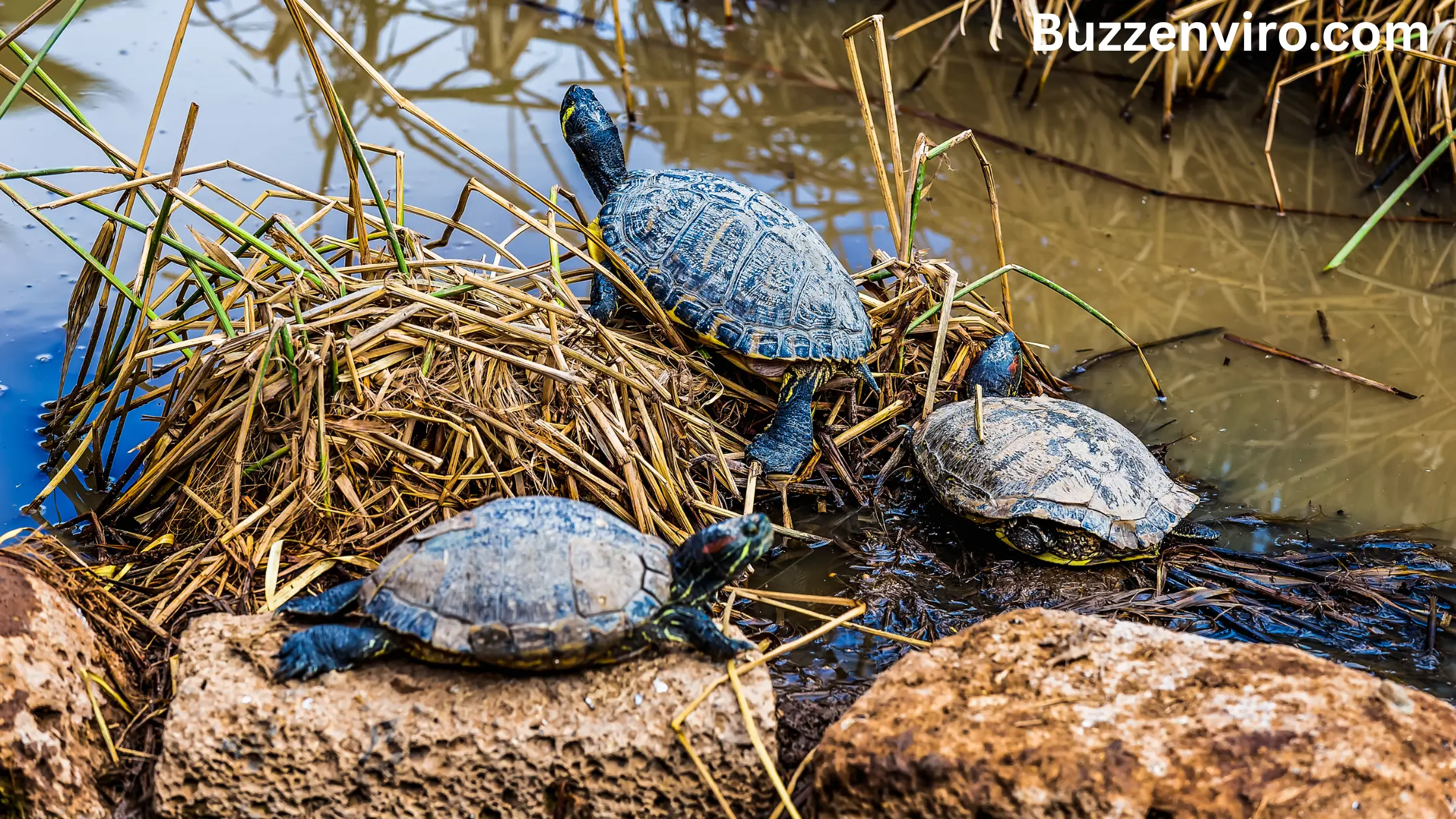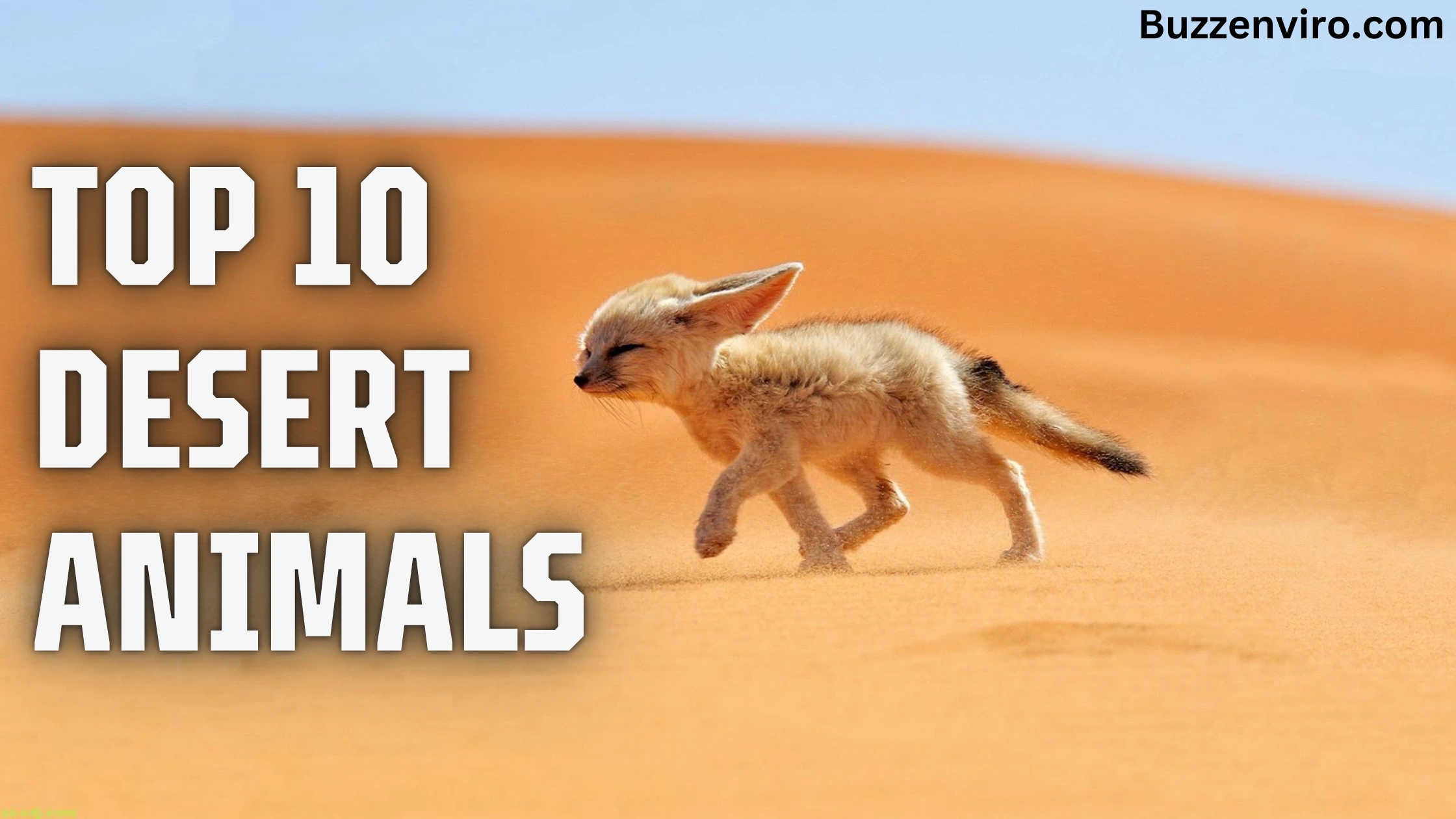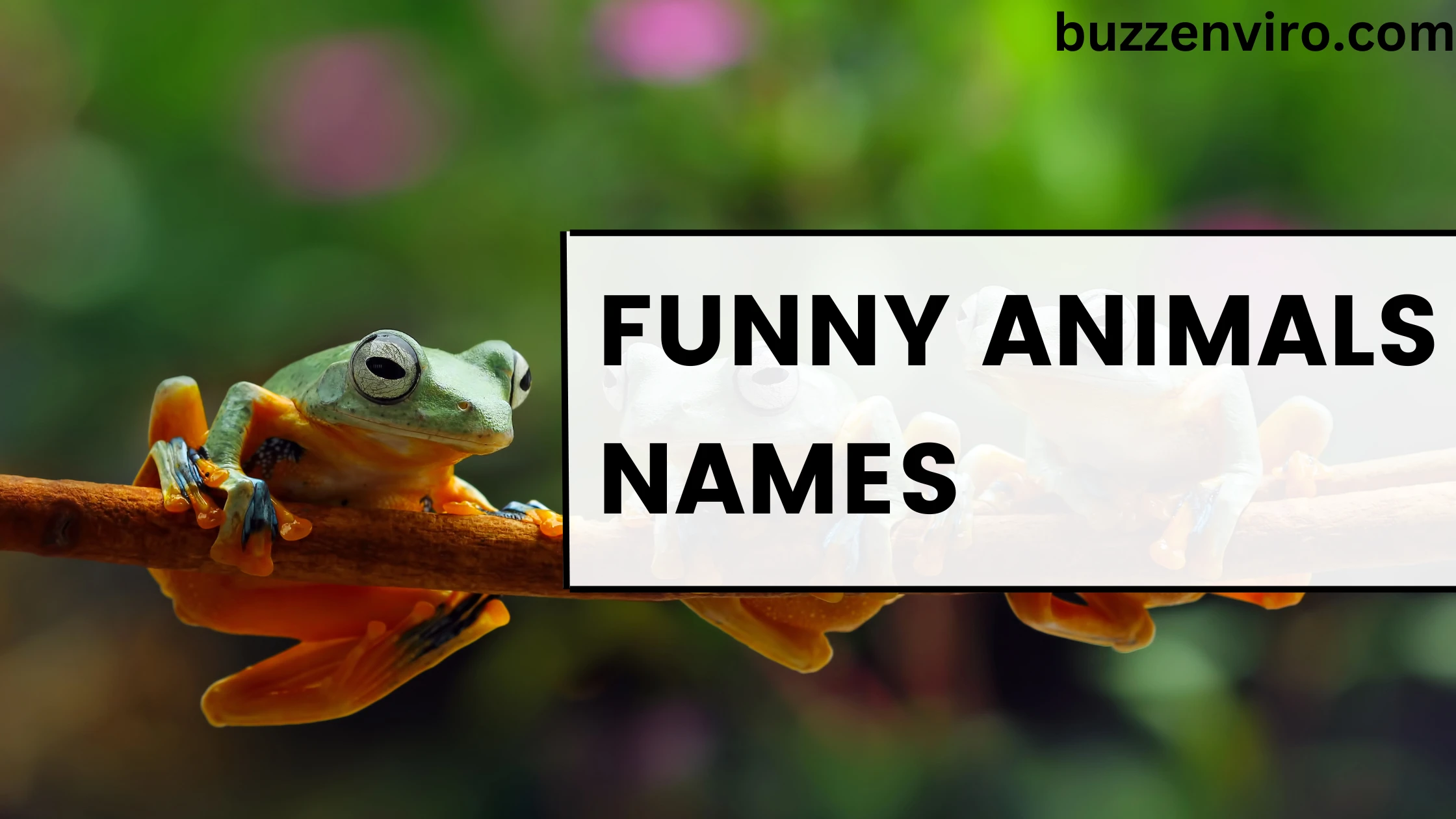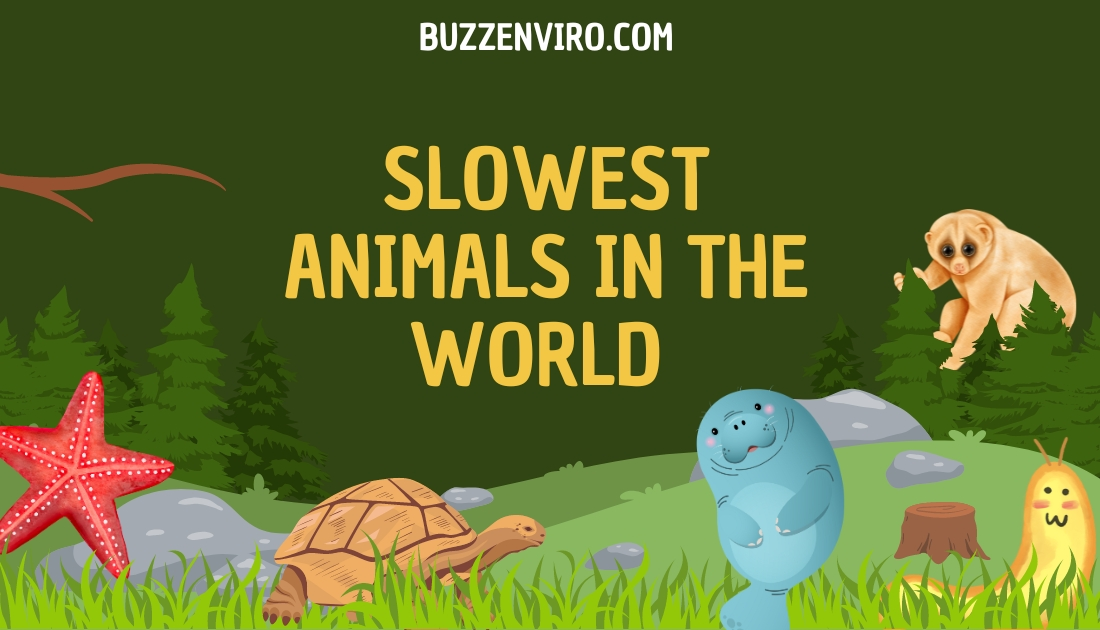10 Fun Facts About Kangaroos
Kangaroos are the international symbols of Australia and one of the few animals that best represent their continent. Although they are well-known throughout the world, kangaroos are frequently misinterpreted both domestically and internationally.
For example, did you know that the animal we have learned to love as adorable and cuddly is viewed as a nuisance by its human neighbors? Farmers often despise them because they infiltrate meadows and consume animal feed.
Of course, these animals’ numerous positive traits outweigh their unfavorable characteristics. These ten kangaroo facts may surprise you.
Fun Facts about Kangaroos
1. Kangaroos Are the Largest Marsupials on Earth
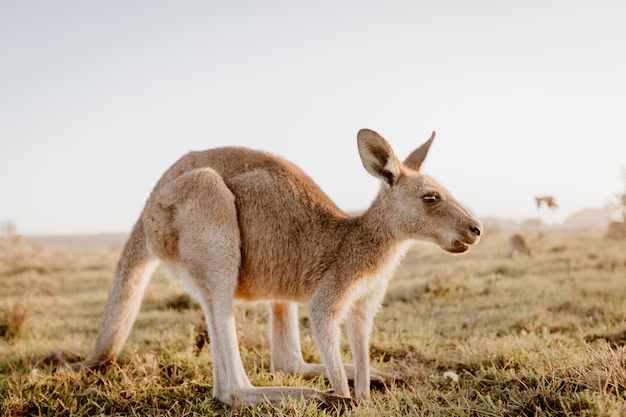
There are no other marsupials bigger than kangaroos living today. If you don’t count its three-foot-long tail, the red kangaroo is the most significant type of kangaroo in terms of weight. It can be more than five feet tall. Some grown male eastern grey kangaroos can be almost seven feet tall, but they’re also lighter—they can weigh as little as 120 pounds. Most of the time, you’ll see red, eastern grey, or western grey kangaroos.
2. They Come in Many Shapes and Sizes
All kangaroos are members of the genus Macropus, which translates to “large foot.” Other members of that genus include a number of smaller species that appear to be very similar to one another; nevertheless, the differentiation between these species is not particularly evident. They are referred to as wallabies, which are the smallest members of the genus, while wallaroos are the species of an intermediate size.
Kangaroo” is often used to refer to a bunch of these animals, but it usually means the four big ones: red, eastern grey, western grey, and antilopine kangaroos. Tree kangaroos are part of a different genus but still hang out in the broader family called macropods. This family includes kangaroos, wallaroos, wallabies, tree kangaroos, pademelons, and quokkas. Little marsupials known as rat kangaroos outside the macropod family look like their bigger cousins.
3. They are left handed
“Handedness,” or the propensity to use one hand more naturally than the other, is exhibited by humans and certain other primates. Previously, scientists believed that handedness was a trait specific to primate evolution, but more recent studies indicate that kangaroos also exhibit this trait.
Researchers have discovered that red kangaroos, eastern greys, and red-necked wallabies are predominantly left-handed, employing that hand for activities like feeding and grooming almost 95% of the time. Additionally, their hands are specialized for different tasks; kangaroos usually use their right hand for strength and their left hand for accuracy. Given that it might be an adaptation to bipedalism, experts say this calls into question the notion that handedness is exclusive to primates.
4. Kangaroo called a Mob in Group
Kangaroos migrate and feed in groups called mobs, troops, or herds. A kangaroo mob can be as small as a few people or as large as several dozen, with loose relationships that allow members to move between groups. During mating season, males may fight for females by kicking, boxing, or biting, but the most prominent male often rules the group. Male kangaroos are called bucks, boomers, or jacks, while females are known as does, flyers, or jills.
5. Some can Hop 25 feet
Kangaroos move efficiently by hopping, allowing them to cover long distances in arid Australia in search of food. They usually travel leisurely, although they may sprint when needed. A red kangaroo can hop at 35 mph, leap six feet into the air, and cover 25 feet in a single bound.
6. They use their Tails as Fifth Leg
Kangaroos frequently use their tail as a fifth leg while moving slowly over smaller places. A study on red kangaroos shows that their big, powerful tails may provide as much propulsion as their front and rear legs combined, which may seem strange.
Some kangaroos skip their tails when they want to move more than 15 feet.
7. Joeys Can Go Dormant Until the Pouch Is Vacant
Kangaroos take about five weeks to get pregnant. After that, they usually only have one baby, which is called a joey. The baby joey is about the size of a grape and has to use its front legs to crawl through its mother’s fur to get to her pouch. The joey will stay in the pouch, which is called a marsupium, for a few more months while it grows and develops.
When the bigger sibling leaves the mother kangaroo’s pouch, her body sends hormones to the younger joey to start growing again.
8. They Sometimes Drown Their Enemies
Kangaroos have few natural predators in Australia, mainly because large carnivores such as thylacines and marsupial lions are extinct. Although certain animals have been reported to feed on kangaroos, they typically prey on joeys or adults of smaller species. These predators include dingoes and introduced animals like red foxes, dogs, and feral cats.
When a predator pursues a kangaroo, it generally escapes to water. This could be an escape strategy, as kangaroos are remarkably adept swimmers (thanks to that big tail). However, the prey may lure the pursuer into a trap in some circumstances. Once a kangaroo is chest-deep in water, it may spin around and confront the predator, gripping it with its forelimbs and attempting to drown it.
9. Some May Sacrifice Joeys to Predators
For smaller marsupials like quokkas, wallabies, and kangaroos, fighting back against predators might be less practical. Mother macropods often abandon their young and run away when a predator threatens them.
One study found that female quokkas attempted to flee from their wire traps when they spotted a person approaching. Joey would occasionally tumble out of their pouches amidst all the chaos. “Considering the muscular control that female quokkas have over the pouch opening… it seems likely that this is a behavioral response rather than accidental,” scientists concluded. (Take heart: The joeys have been safely returned to their moms’ pouches.)
Two other species that have shown this behavior are swamp wallabies and grey kangaroos.
While it’s hard to fathom, scientists believe it may be an adaptive survival mechanism. When their survival is in jeopardy, kangaroo moms may rationalize the sacrifice of one youngster since they breed more rapidly than humans.
10. They Eat Grass Like Cows but Burps Less Methane

Every kangaroo is a herbivore, which means they eat plants like grass, moss, trees, and fungi. Like cows and other ruminant animals, kangaroos sometimes throw up their food and chew it like cud before they digest it. But this isn’t important for their digestion, and they only do it sometimes, maybe because it makes them feel bad.
The guts of ruminants have four chambers, while the kangaroos’ stomachs are shaped like tubes. People know that when cows breathe and burp, they release vast amounts of the robust warming gas methane. However, although they eat the same things, kangaroos only make about 27% of the body mass-specific quantity of methane that ruminants do.


